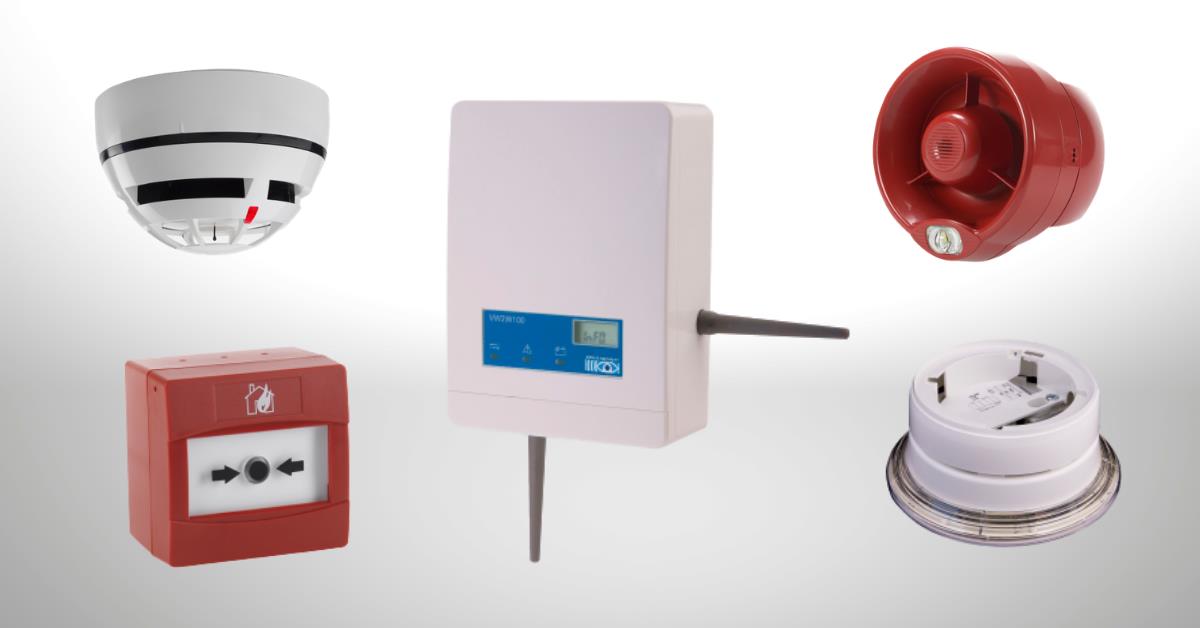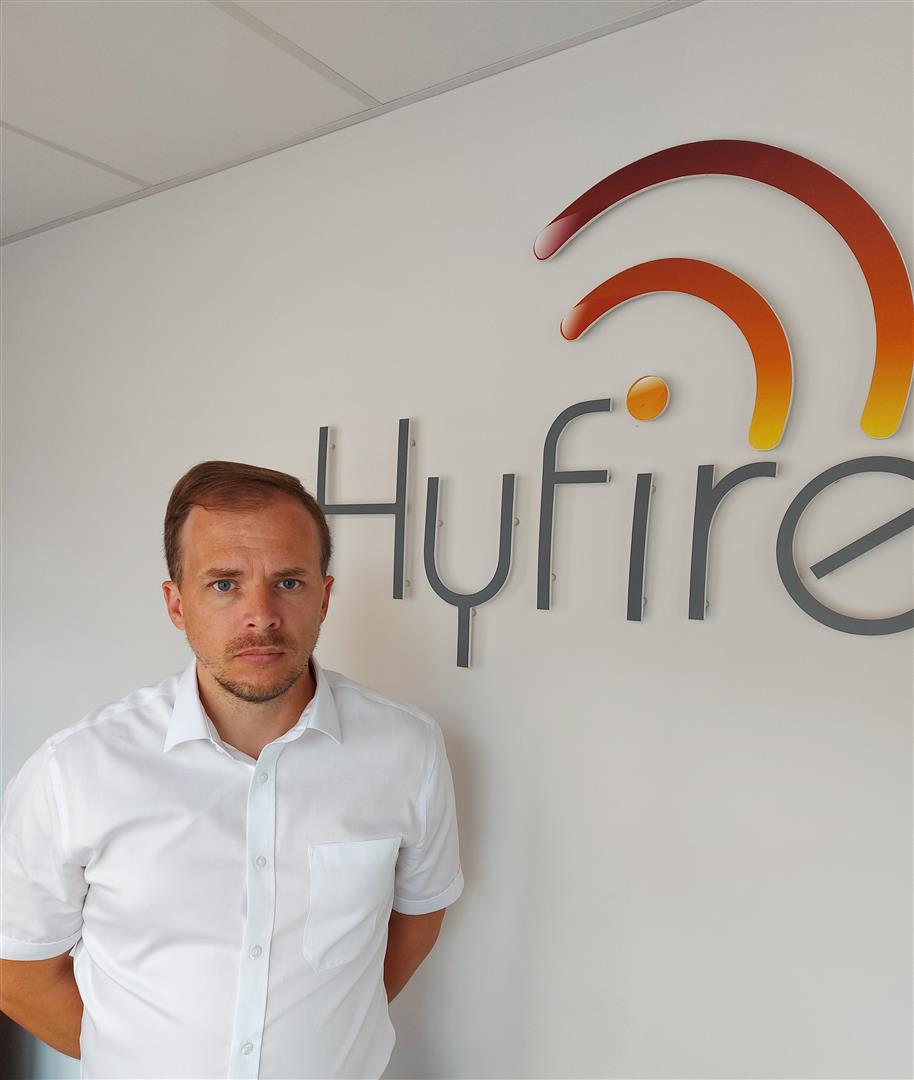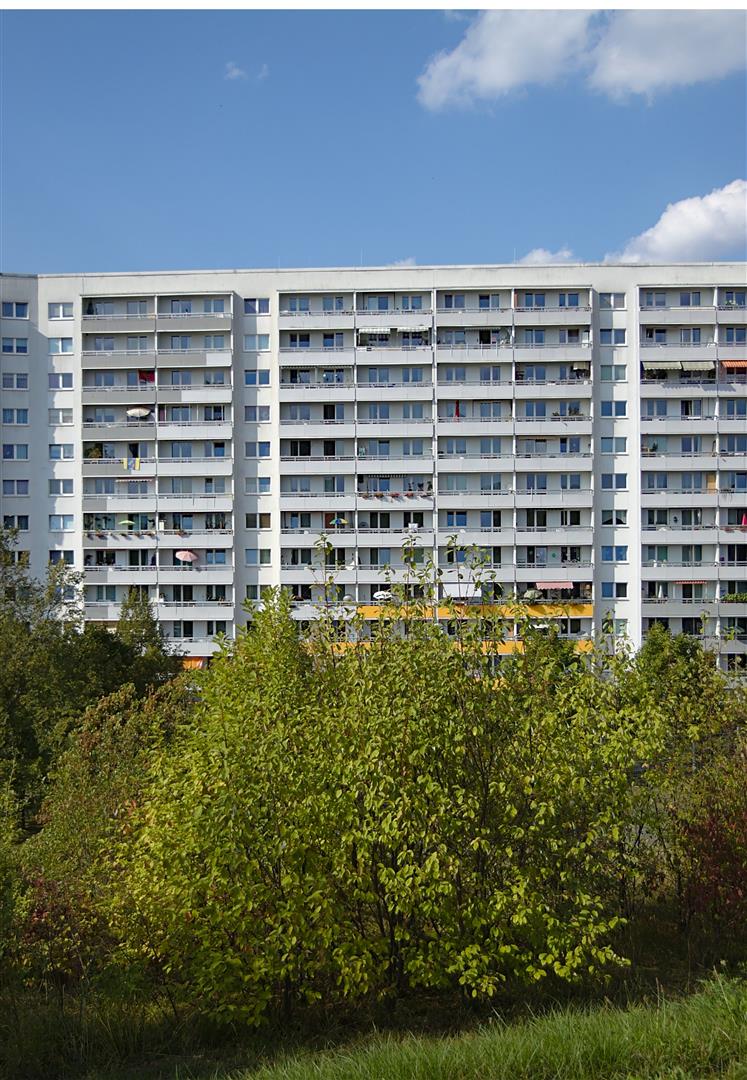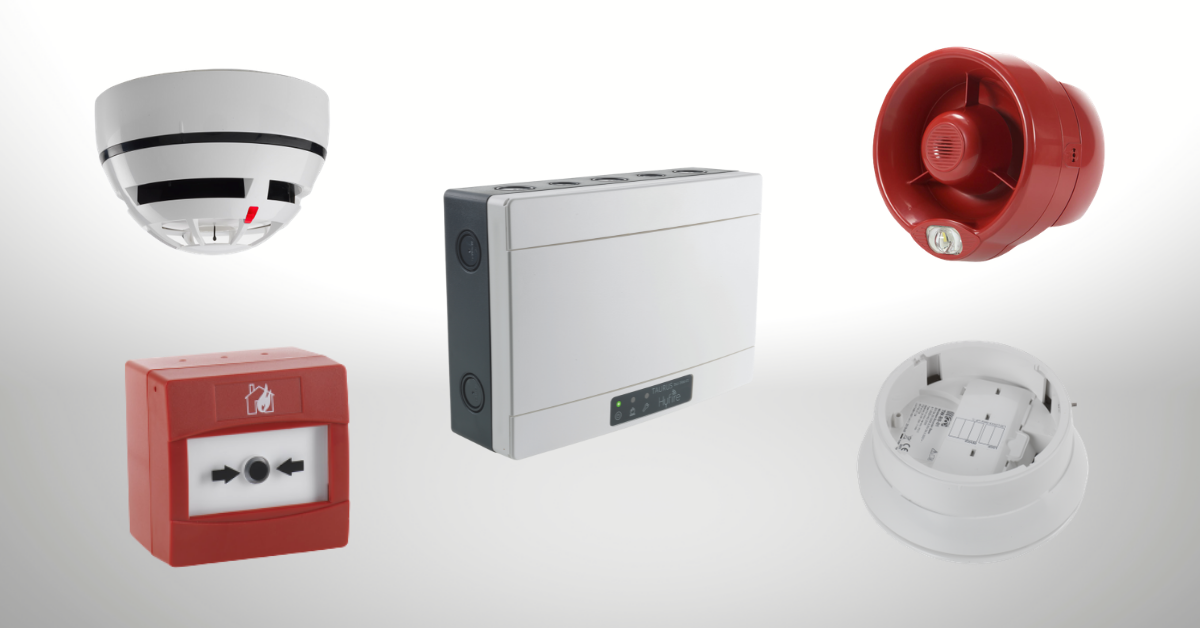Hyfire is delivering a series of free webinars around the British Standard BS8629:2019, new code of practice for the design, installation, commissioning and maintenance of evacuation alert systems for use by fire and rescue services in buildings containing flats. The appointments provide an insightful overview of the new British Standard, explaining the design criteria of the evacuation alert system, and presenting the benefits of the Hyfire wireless technology to meet the BS8629 recommendations. The webinars are intended as a helpful tool for anyone managing high rise blocks of flats or for fire professionals involved in the design, specification and installation of an evacuation system solution.
HYFIRE WEBINAR ON BS8629:2019






